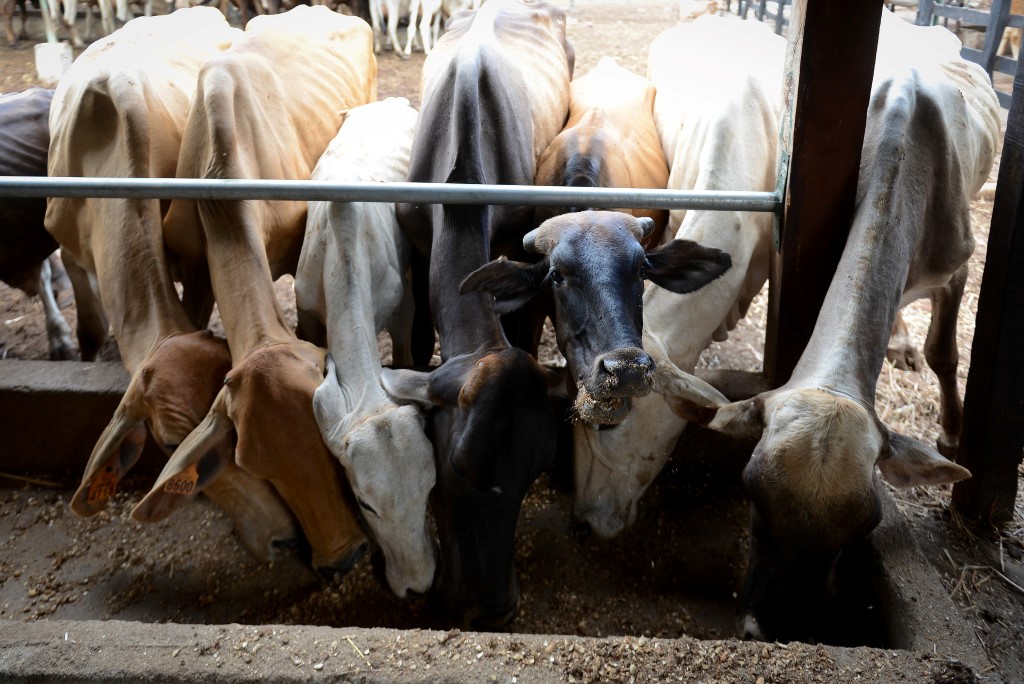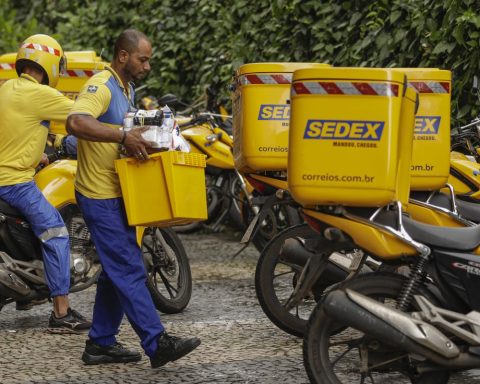Although winter entered and settled in the country for several weeks, the Government of Daniel Ortega and Rosario Murillo has not yet launched the 2022-2023 Production Plan, despite the fact that two government officials announced the imminent publication of that document in the fact that production goals are usually indicated of Nicaragua for the current year, comparing them with those of the previous period.
fourteen of the main export products of the country are of mining origin, agricultural, livestock, or fishing. At the same time, Nicaragua is a self-sufficient country in most food items, and the countryside represents a large percentage of employment, which shows the importance of having clear goals in the different areas, including the actions to be undertaken to guarantee the fulfillment of those goals.
“A few weeks ago, the vice president announced that they would announce the 2022-2023 Agricultural Cycle Production Plan, but to date that has not happened. being a policy document, serves as a guide to see what the Government’s vision is on the subject. It helps producers to know how the Government is seeing them,” said the manager of an entity in the agri-food sector.
This source – who requested anonymity to speak with confidence that he would not be punished for giving his opinion – refers to the announcement made on Thursday, April 28, by Daniel Ortega’s wife, indicating that “we are thinking of presenting the Production Plan 2022 on the day of San Isidro Labrador, [o sea, el 15 de mayo, según el calendario de la Iglesia católica] as we have done every year.”
Almost 40 days later, on Monday, June 6, the Minister of Development, Industry and Commerce, Jesús Bermúdez, announced the launch of the Production, Consumption and Commerce Plan (the other way they call that document), to increase “ productivity, training and modernization of the agricultural and rural labor force, as well as the expansion of international markets and the adding value to production”, according to a publication by the official ‘El 19 Digital’.
What good is a plan without reliable data?
Even though the sources do not know with certainty the reasons why the 2022-2023 Production Plan has not been made public, bureaucracy, overwork, non-compliance with work schedules?, there is something they do know: it is unlikely that the content of that document reasonably approximates the reality of the country.
The aforementioned manager recalled that, before 2018, the Government reviewed these plans together with the private sector, where the unions presented their goals to capture them in the Annual Plan, which was followed up monthly or bimonthly, but “after the distancing with Cosep and its camerasthese consultations are no longer made, so the Government makes calculations and elaborates expectations on its own”.
The administrator of another company in the food sector explained that “the real economy is managed by the private sector, and there is almost no communication with the leadership of the unions that shared their plans for each year with the Government and the Central Bank (BCN). The departmental delegates also received feedback from the local unions”.
Other additional sources, such as the Nicaraguan Foundation for Economic and Social Development (funides), and the International Foundation for the Global Economic Challenge (Fideg), “had their micro and macroeconomic intelligence systems, which they shared with the Government, but when closing both to oneWhat to the otherthe capacity to monitor and generate a documented vision of the productive activity has been lost, so they run the country with biased information, which is no longer reliable,” he added.
Although he acknowledges that the BCN has a survey system, the administrator says that this mechanism is “weakened because the leaders of the unions are imprisoned, or afraid to speak, and do not communicate with the State”, and that it can be done The follow-up with peanut growers, sugar cane growers and miners —because there are few companies in each of these sectors— does not occur in the same way with unions that have 150,000 producers, for example.
The manager of a company that provides services to the productive sector believes that “this plan is a real joke. Wet paper, prepared by officials who know nothing about the field. There are no actions to support that plan. It’s ridiculous!” he sentenced.
He remembers that a few years ago he reviewed the summary of one of those plans “and they had projected the planting of a peanut area, which was 20% higher than the capacity of the processing plants. The presentation of that plan will be just another bureaucratic act,” he remarked.

















